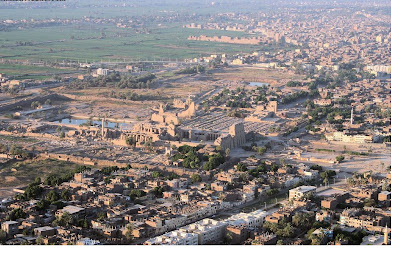The title "Pharaoh" actually comes from the Greek language and its use in the Old Testament. In most cases, the usual word for the king of ancient Egypt Nesu, but a whole series of titles were applicable to all full declaration of the king's name and a request for regular readers.
According to Egyptian legend, were the first kings of Egypt, and some of the most popular gods of Egypt. Only at the end of the pre-dynastic period, before the unification of Egypt, we recognize specific kings reigned probably in Egypt, north and south. According to some sources, the first true king of Egypt, the dominant standard in the world Menes, who ruled Egypt around 3100 BC, but have little or no archaeological basis of the name. We know of 170 or more during this time, certain pharaohs.
The Kings are not just for men, and unlike modern monarchies, the ruler of ancient Egypt, whether man or woman, is always called a king. In fact, some leaders of Egypt and exceptional women, such as Hatshepsut and others.
In ancient (Pharaonic) Egypt, was the culmination of society, religion and even the Egyptian king.





_optimized.jpg)